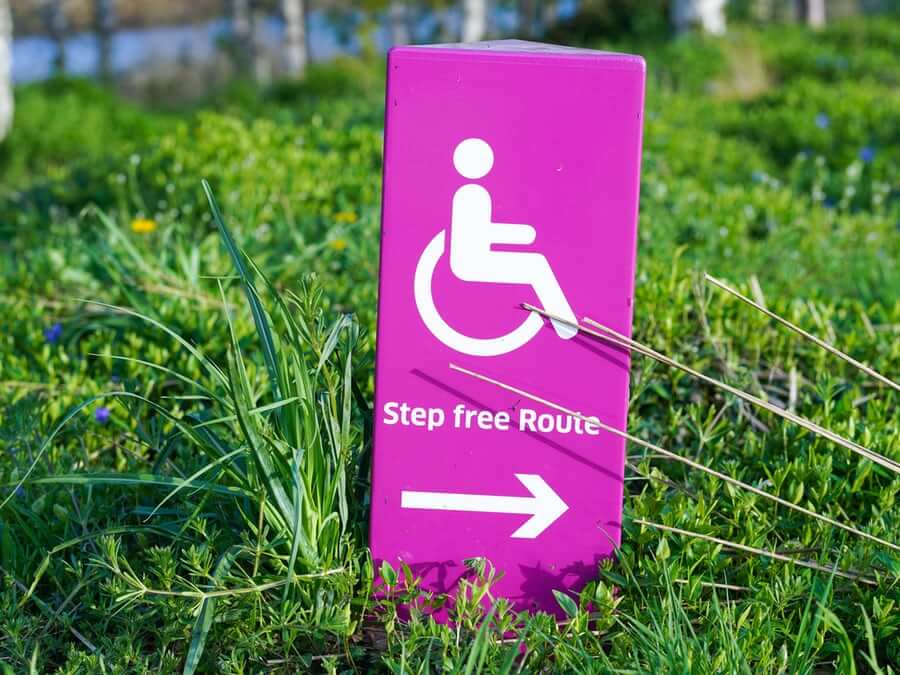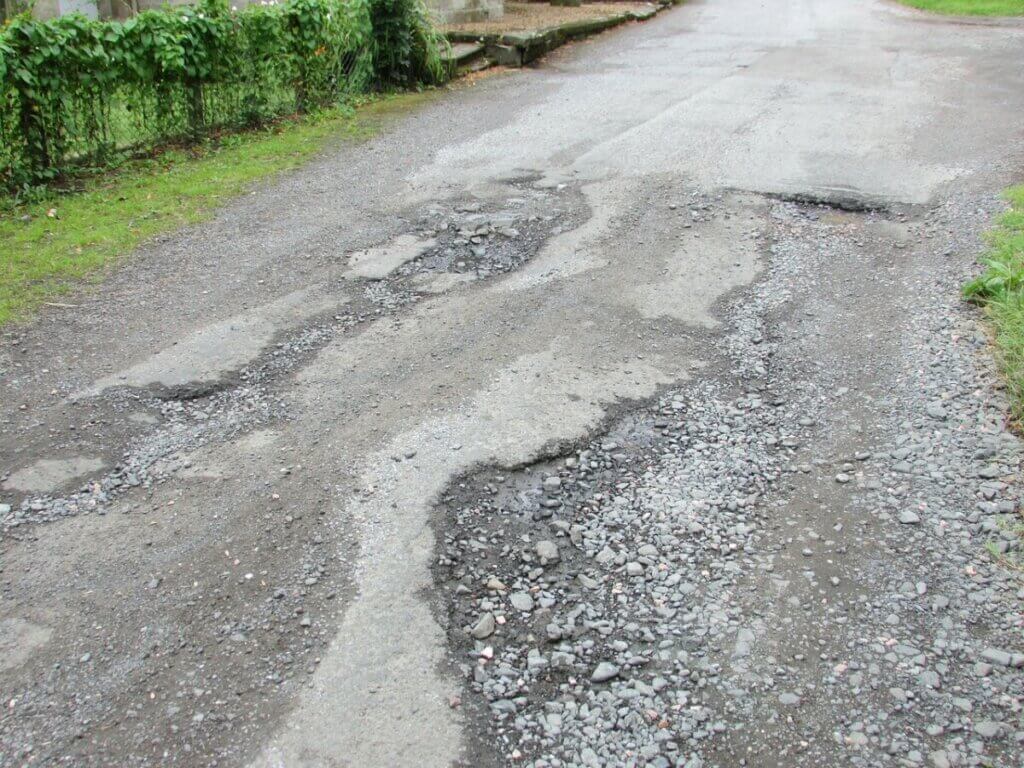Part I: A Brief Introduction to ADA Titles II & III
Want to start with an introduction to ADA Titles II & III? Read the full blog post here.
Part II: Evolution of ADA
Behind many of our country’s legislation shifts are the actions of people unifying to support a movement of change. The inception of the Americans with Disabilities Act (ADA) was no different. Get the full story here.
Part III: Self Evaluation
As we saw in the ADA’s Evolution, it is difficult to ensure the enforcement of standards around accessibility due to the vast scope of the term disability.
In 1990, Title II of the original ADA introduced the concept of Self Evaluation, but there was wiggle-room on which standards you could follow to be considered compliant. That changed in 2010 with the design standard amendments.
The amendments to the ADA of 1990 revised the definition of disability, which previously had left the community vulnerable to continued discrimination. An overarching need for stricter self-regulation became apparent. With everyone working towards a similar standard of compliance, it would be easier to show what was working versus what could be improved.
Self Evaluation Under Updated ADA
The federal government required each public entity’s Self Evaluation to assess its current programs, services, activities, facilities, policies, practices, and procedures. Entities that met the criteria of 50 or more personnel were required to bring their infrastructure up to code by March 2012, while those with under 50 employees were expected to make updates in “good faith”.
If changes were in response to the 1990 ADA, they fell under something called “Safe Harbor,” meaning new modifications could wait until a structure underwent future alterations. Safe Harbor did not apply to any facility categories added to the ADA in 2010, like amusement rides, saunas, and golfing facilities.
All public entities were then required to retain their evaluations for reference for three years. Likewise, each had to develop a grievance procedure, designate an individual to oversee title II compliance, and create a transition plan if structural changes were necessary for achieving program accessibility.
If a community didn’t meet ADA compliance standards, it may not be eligible for funding through federal grants and assistance.
Individualized Approaches
A comprehensive approach to upkeeping infrastructure not only makes a community more accessible but can also be used to secure funding to complete or upkeep ADA-related projects.
In a world that is so business driven, what assets should your community focus on to make sure people are a priority? Curbs, tactile pavements, crosswalks, emergency services, public transportation, bus lanes, and shared trails are just a few that must take accessibility into consideration.

Upholding ADA compliance looks different from place to place. Each community takes its own approach to accessibility, but with individuality comes blurred lines.
How does your community begin self-evaluating and implementing an effective ADA policy? How will they stay accountable?
Planning Improvements

As with any long-term plan, success depends on consistency!
Communities have different budgets and ongoing initiatives that will determine which parts of the city or town are the areas of focus.
With any self evaluation plan, the most important thing is that the effort is clear and genuine. That kind of transparency in government allows citizens to understand that their representatives are doing the best with the available resources.
The New England ADA Center gives State & Local Governments a 7-step guide of plans that can achieve compliance. Every community needs an Implementation Plan, Transition Plan, and an Action Plan that includes designating a team, plotting out the self evaluation process, announcing plans to the public, and reassessing progress.
Staying educated is important, too. The ADA Network offers a training module for any State & Local government employees dealing with compliance.
Monitoring ADA Assets
When tracking improvements to ADA infrastructure, it’s important to use an objective method, especially since each self evaluation requires a complementary transition plan.
Typical methods of monitoring might involve standardized forms, which are ideal for organizational reasons, but fail short in one big way: lack of visual references!
These images are ideal for communicating changes over time and can also be used to plan for future maintenance. What you track is up to you!
Image logs of sidewalk curbs and ramps, updates to trails, and parking lot renovations are just some of public infrastructure assets your community can start tracking now to monitor your ADA compliance.
Additional Resources
References
- https://adata.org/faq/what-self-evaluation
- https://www.completecommunitiesde.org/planning/complete-streets/ada-compliance/
- https://www.adaactionguide.org/action-steps
- http://abadiaccess.com/understanding-the-safe-harbor-provision-of-the-adaag/
- https://www.adainfo.org/sites/default/files/Self-Eval-and-Transition-Plans-one-slide-per-page-handout.pdf







